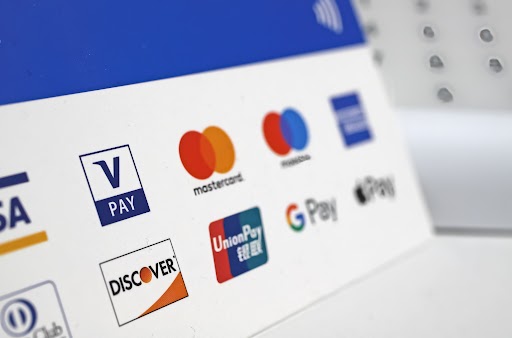Keeping up with new and alternative payment methods is a growing challenge for businesses. While some may be more popular than others, missing out on the lesser-known or country-specific options may risk alienating a section of your customer base, and cause basket abandonment rates to rise.
From a technical perspective, investing and deploying multiple payments solutions can be complicated, especially with the rise in popularity of financing options at the checkout stage for larger purchases. This blog explores five of the most important actions to take when implementing new payment systems, and how to make sure you transition to an infrastructure that’s right for you.

Put your customers first
JP Morgan’s research has found that 60% of online purchases in the United Kingdom are now conducted using a mobile device. Additionally, Worldpay has found that digital wallets are now the leading form of payment in a number of European countries, including the UK. Ensuring these trends are accommodated is therefore essential. So the best place to start with a new payment strategy is by exploring how your payment system improves your customer experience. Understanding the payment methods that are most preferred by your customers, and placing those at the heart of your new system is the first step. During this assessment, you should consider variations in payment preferences between different countries, and also the devices that customers like to use to shop with you.Emphasize security
A payment system transition can be a major technical undertaking, whether deploying a new system entirely or integrating additional multiple payment options to an existing set-up. It can often take between three and six months, and must be completed with minimal operational disruption or security compromise. Given the rise in the scale and sophistication of cybercrime, the consequences of a data breach is severe, and a transition can represent a gap in your defenses if not secured properly. So whether building a payment platform in-house or integrating a solution, security should be considered all the way from the ground up, with a continuous approach to vulnerability assessment. Orchestrators and partners that are managing any new deployment will assume responsibility for this.Consider a payment orchestrator
The complexity of managing multiple payment integrations and plug-ins in the same place is reaching such an impractical level that many businesses are turning to payment orchestrators instead. These third parties can manage and process all payments on your behalf, with their all-encompassing technology seamlessly embedded into your digital sales journey. In our experience supporting our customers, with the help of our payment orchestrator partner Stripe, this option is ideal for businesses who need to accommodate large numbers of payment options. From a technical standpoint, it also removes this tricky integration from your core team’s workload so that they can focus on other key tasks instead.
Embrace scalability
Orchestrators and platforms have to have scalability at their heart, otherwise all their business users will suddenly find that their customers can’t pay in the ways they want to. This capability is especially important for retailers that need to scale quickly to take advantage of peaks of demand (e.g. sales events like Black Friday).
The best payment orchestrators will be able to give you a high level of flexibility and scalability, so that you can meet changing demands in the future. You’ll find that many of them are open, shared platforms that can deal with thousands of merchants at the same time, and process many thousands of payments per second.Find the right partner
Along with the ability to support multi-method payments, you’ll also need a partner with the technical know-how to support your transition in engineering, testing and quality assurance terms. This is vital if moving away from a custom-built ‘legacy’ solution that has been embedded into your business for a long time
A good partner should be able to assess your current core team and the level of skills that you already possess in-house, and work out how they can complement those skills to complete your transition team. Alternatively, you may need them to demonstrate how they can assume full responsibility for the new implementation, in the event that you don’t want to deploy any of your core team to it.Time to evolve your payments strategy?
At a time of great change in the retail world, facilitating smooth payments is a big part of responding to evolving customer expectations. Adding as many payment options as possible to your digital buying journey is a must, however complex an undertaking it might be - and using the services of a technical partner and payment orchestrator can help you get to where you want to be without being held back by that complexity. If you’d like to know more about the new world of payments, get in touch with our expert team and find out how our solutions can support your use cases.Blogs


































